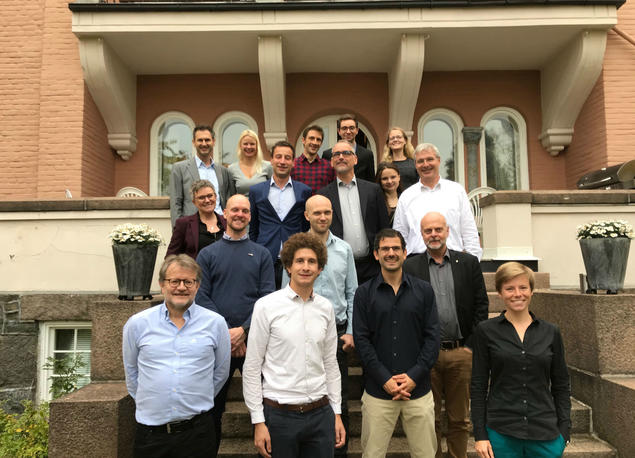Boosting renewables ‘outside the EU’: The case of Norway and Switzerland
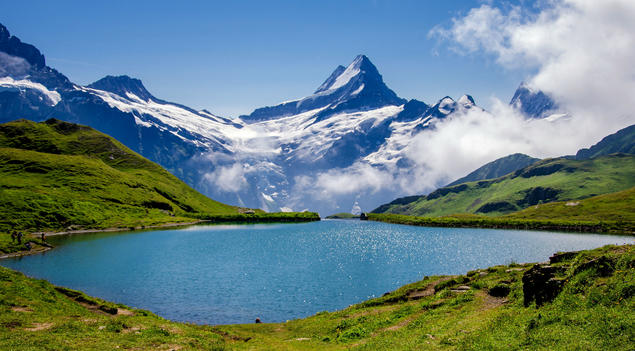
Norway and Switzerland have many things in common, both in terms of energy resources and in their ‘outlier position’ vis-a-vis the European Union. However, there are also key differences in the countries’ energy politics and in their dealings with the EU.
What can the Norwegian and Swiss energy sectors learn from each other? Could closer cooperation between these countries perphaps help boost the green energy transition?
These questions were at the heart of a two-day workshop hosted by the Fridtjof Nansen Institute 15 and 16 October. Academic scholars, law and policy experts as well as industry representatives from both countries convened to discuss the key policy changes now facing the European energy sector, and to address the possibilities for learning - and perhaps closer research cooperation - between the two countries.
Complicated relations
Among the issues discussed was the proposed EU energy market reform (i.e. the ‘winter package’) and possible consequences of the reform for Norway and Switzerland. Norway, an EEA member, will have to negotiate the package for incorporation into the EEA Agreement and into Norwegian law, whereas Switzerland, having a less institutionalized and more complicated case-by-case relationship with the EU, will likely meet more challenging negotiations, not least considering the on-going discussions between the EU and Switzerland concerning the Third Energy Package.
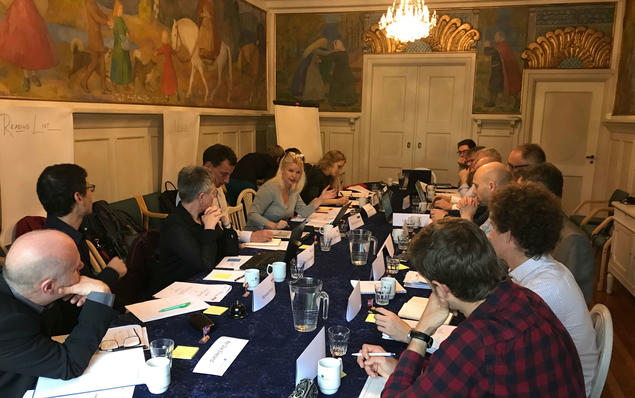
The two countries are different in another important respect also: While Norway in many ways has been a ‘first mover’ in terms of liberalizing its energy market, Switzerland has been much less willing to reform its energy sector and still has a segmented and heavily regulated energy market.
If Norway was a first mover, Switzerland will probably be the last,’ said Cédric Jeanneret from the Swiss energy company SIG during the FNI workshop. He elaborated:
‘In Switzerland we still have 700 public utilities. 700 - and we are just eight million people. So clearly, we have a more ambitious role to play. But the question is how we should move forward, and whether a more liberalized market approach is necessarily the best way forward,’ said Jeanneret.
A revolution headed our way
Legal and policy advisor Birgitte Jourdan-Andersen from the energy industry organization Energi Norge described the policy changes now adding up in the EU as a ‘revolution’.
The energy market reform now underway in the EU, it is a revolution. It is comprehensive and thereby challenging to have the full overview, particularly for small and medium-sized enterprises.’
Jourdan-Andersen, previously a senior officer in the EFTA Surveillance Authority (ESA) and the European Commission’s DG Energy, encouraged the Swiss industry to follow the wishes of the Swiss government to liberalise and to have a more pro-active approach to the political changes now happening in Brussels. ‘The internal market has immensely benefitted the Norwegian industry with more effective regulation where harmonised rules have facilitated the free trade of our goods and services,’ she added.
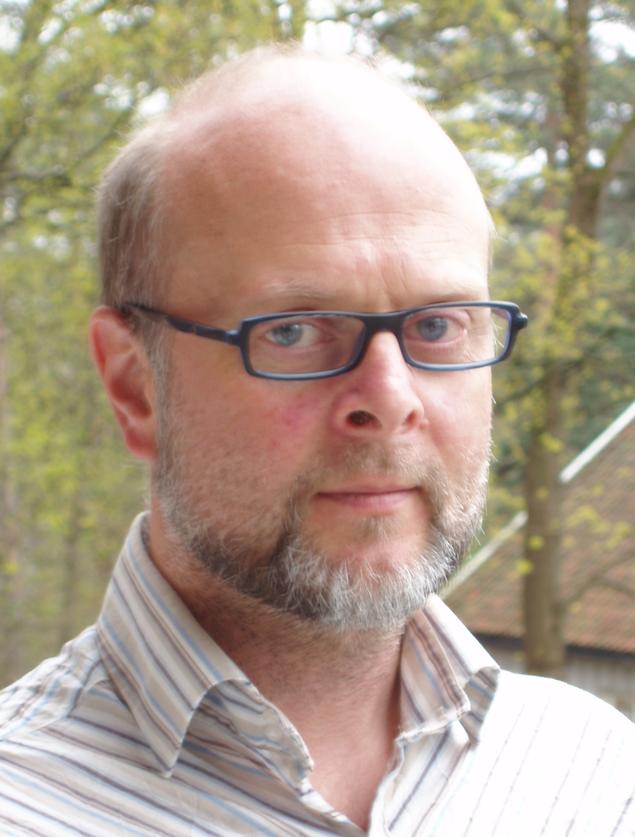 FNI’s Senior Research Fellow Per Ove Eikeland also gave a presentation during the workshop, as did Berit Tennbakk, partner in Thema consulting group. Eikeland and Tennbakk are co-leaders of the research project “Reform of EU Internal Energy Market Policies: Implications for the Norwegian Energy Policy Strategy” (REMAP), which receives its funding from the Norwegian Research Council’s comprehensive ENERGIX research programme.
FNI’s Senior Research Fellow Per Ove Eikeland also gave a presentation during the workshop, as did Berit Tennbakk, partner in Thema consulting group. Eikeland and Tennbakk are co-leaders of the research project “Reform of EU Internal Energy Market Policies: Implications for the Norwegian Energy Policy Strategy” (REMAP), which receives its funding from the Norwegian Research Council’s comprehensive ENERGIX research programme.
Not in my back yard
The workshop at Polhøgda also touched upon other challenges facing the Norwegian and Swiss energy sectors. Among the issues discussed was the question of legitimacy and the social acceptance for renewable energy projects, such as wind power plants. Wind power and its implications for landscape and nature conservation has been widely debated in Norway recently (with the new, national framework for wind power currently in the pipeline), but perhaps even more so in Switzerland, where local resistance against wind power projects often has been quite high.
Two research projects related to this issue was discussed: Geographer Reto Spielhofer from ETH Zurich presented a study which investigated the “scenic value” of renewables. The researchers asked people in what type of landscape they would be more prone to accept wind power and solar PV installations, and by means of skin detectors and questionnaires they measured people’s ‘emotional reaction’ to different landscape scenarios. The results showed that slightly hilly landscapes seemed to be yield the most positive attitudes. Acceptance was lower in mountain areas and in urban areas. Also, volume seemed to be key: The more windmills were planned, the bigger the resistance, according to the study.
Wind power projects
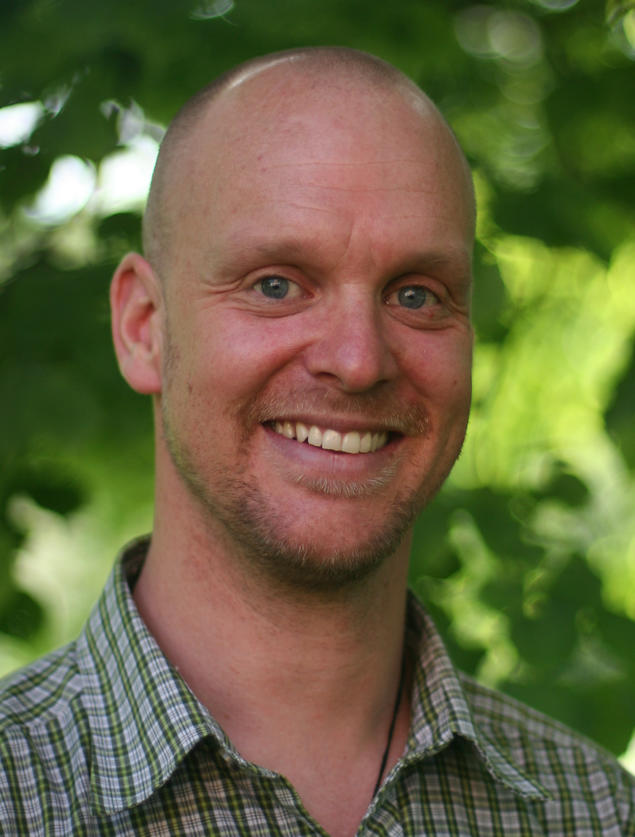 Some preliminary results were also presented from the EU-funded research project WinWind, which aims to find feasible solutions for increasing social acceptance and the uptake of wind energy. Merethe D. Leiren from Cicero summarized some of the main arguments used on both sides of the debate and underlined the importance of social inclusion and good communication at all levels in wind power licensing processes.
Some preliminary results were also presented from the EU-funded research project WinWind, which aims to find feasible solutions for increasing social acceptance and the uptake of wind energy. Merethe D. Leiren from Cicero summarized some of the main arguments used on both sides of the debate and underlined the importance of social inclusion and good communication at all levels in wind power licensing processes.
The licensing process is also at the heart of an ongoing FNI-led research project which analyses how and whether the political objectives of wind power development and the concern for nature protection can be balanced and combined.
More to come
The two-day workshop was a joint effort organized by Romano Wyss and Susan Mühlemeier, both scholars from the EPFL, together with the Fridtjof Nansen Institute, the Alpine Energy Research Center (AlpEnForCe), the Association for Swiss electricity enterprises (VSE) and the Swiss energy services company EWZ.
With this workshop, we have laid out the cornerstones for an ongoing exchange between exponents of the energy sector in the two countries,’ said Wyss.
He hopes the workshop will be the start of a closer and mutually beneficial cooperation between the partners and organisations involved and suggested a second workshop to be held in 2019 in Bern or Geneva, Switzerland.
